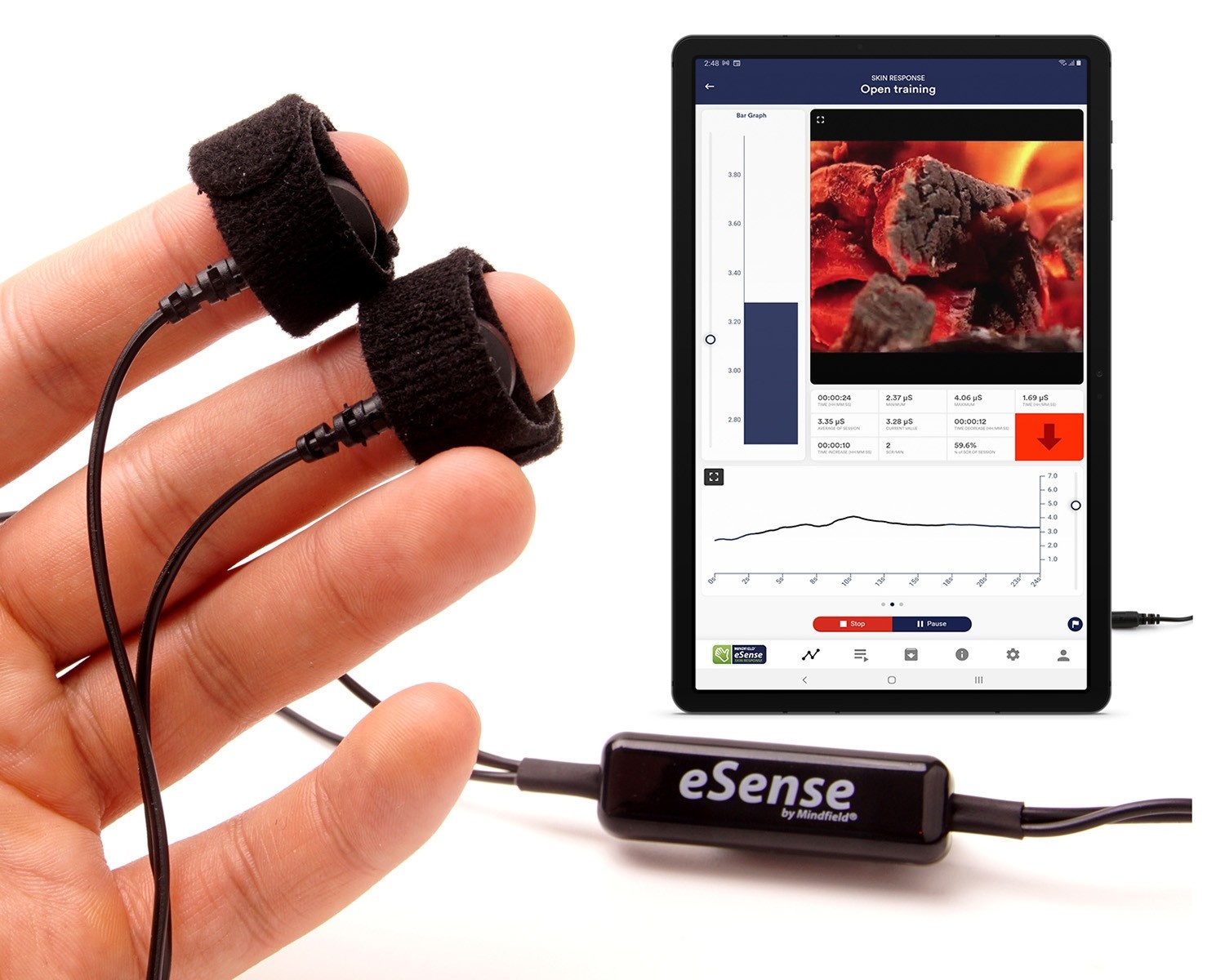Revealing the Mysteries of the Brain Through qEEG Cerebral Mapping in Mental Wellness Assessment
Revealing the Mysteries of the Brain Through qEEG Cerebral Mapping in Mental Wellness Assessment
Blog Article
Comprehending the human brain is a challenging endeavor, especially when it comes to mental health. Conventional approaches of assessment often rely on interviews and surveys, which can occasionally overlook important details about how the mind operates. This is where quantitative electroencephalography, or qEEG, enters into play. qEEG is a specialized method that assesses neural activity in the brain. By examining these brainwaves, mental health professionals can obtain important understandings into a person's psychological condition, aiding to enhance diagnosis and treatment.
qEEG functions by placing small sensors on the scalp to record brain signals. These electrodes measure neural signals produced by neurons, the units in the cerebrum that interact with each other. The data collected is then processed and presented as a series of waveforms. Each type of brainwave—such as alpha, β, δ, and theta—corresponds to various psychological states and activities. For instance, alpha oscillations are often linked with relaxation, while β waves are associated to engaged thinking and problem-solving. By analyzing these patterns, healthcare providers can detect abnormalities that may indicate psychological health issues.
One of the major benefits of qEEG is its ability to provide objective information. Unlike traditional evaluations that depend on personal accounts from patients, qEEG offers a clear picture of neural function. This objectivity More from the author can help minimize prejudices in diagnosis and result to more precise intervention plans. For instance, if a patient is experiencing anxiety, qEEG can show particular trends of neural function that are linked with anxiety disorders. This information enables mental health professionals to tailor interventions more efficiently, whether it be through counseling, pharmaceuticals, or alternative approaches.
Additionally, qEEG can be especially useful in monitoring treatment advancement. By conducting qEEG assessments at different points during treatment, healthcare providers can monitor variations in neural function over time. This ongoing evaluation helps determine whether a treatment is effective or if adjustments are needed. For instance, if a client is not reacting to a particular medication, qEEG may indicate that their brain activity has not changed in a way that suggests improvement. This feedback cycle can result to more customized and efficient psychological health care.
In conclusion, qEEG brain mapping is a potent tool in the field of mental health assessment. By providing objective data about brain activity, it enhances the understanding of various psychological health disorders. This method not only assists in accurate assessment but also helps in monitoring intervention effectiveness. As mental health professionals continue to explore the potential of qEEG, it holds potential for enhancing the well-being of people facing mental health challenges. With ongoing research and progress in techniques, the secrets of the brain may turn more apparent, leading to better outcomes for those in need of support.